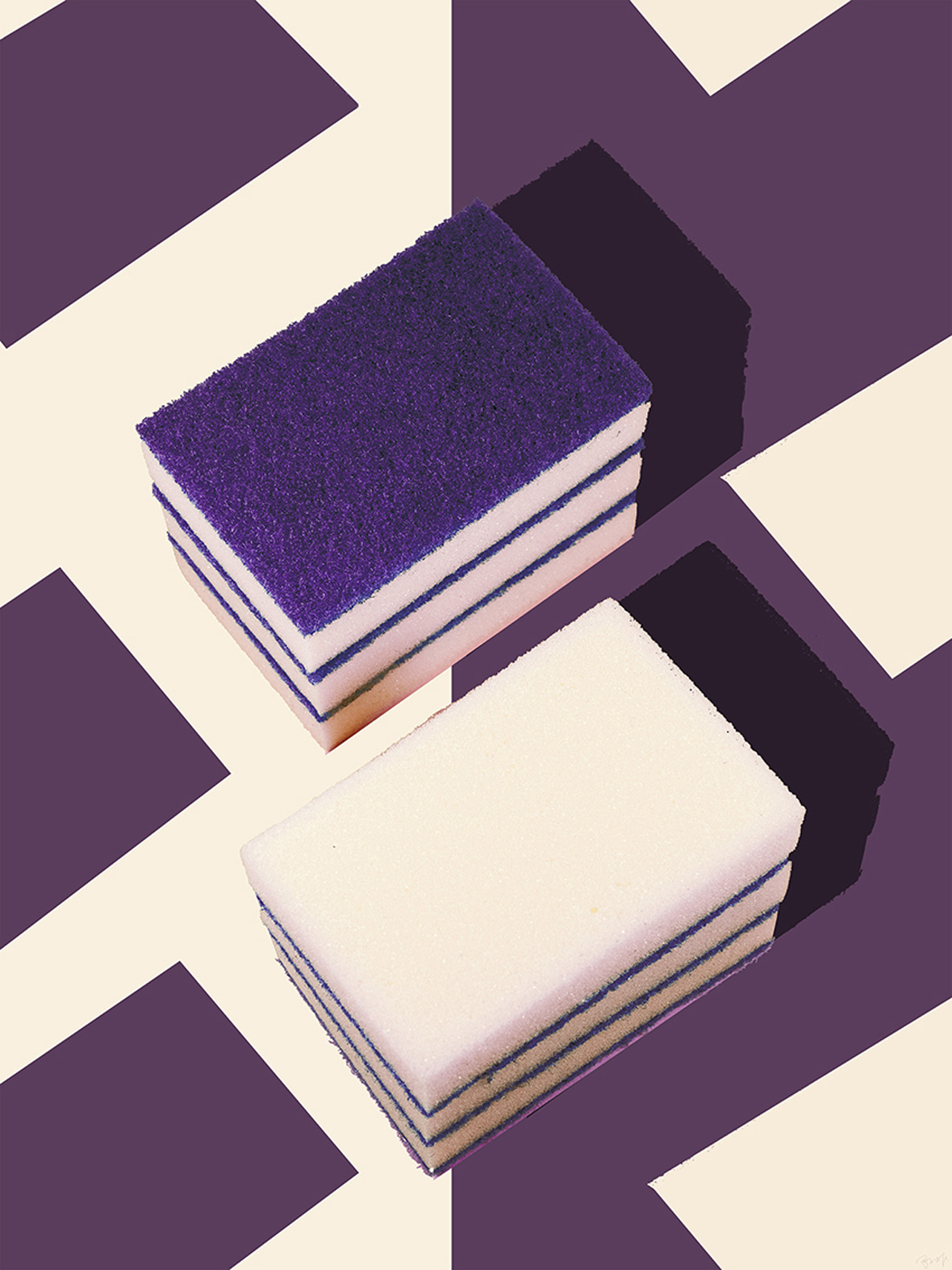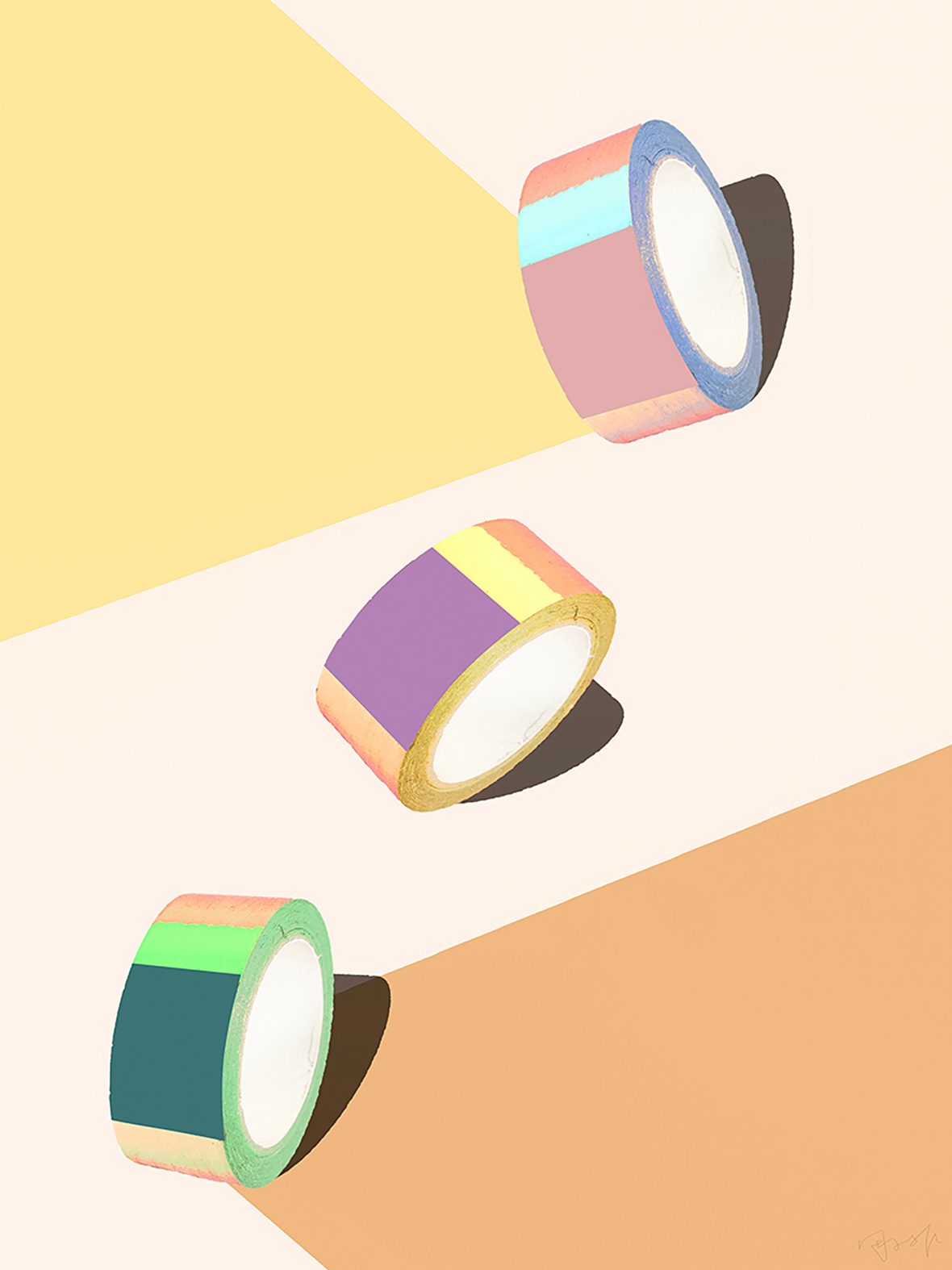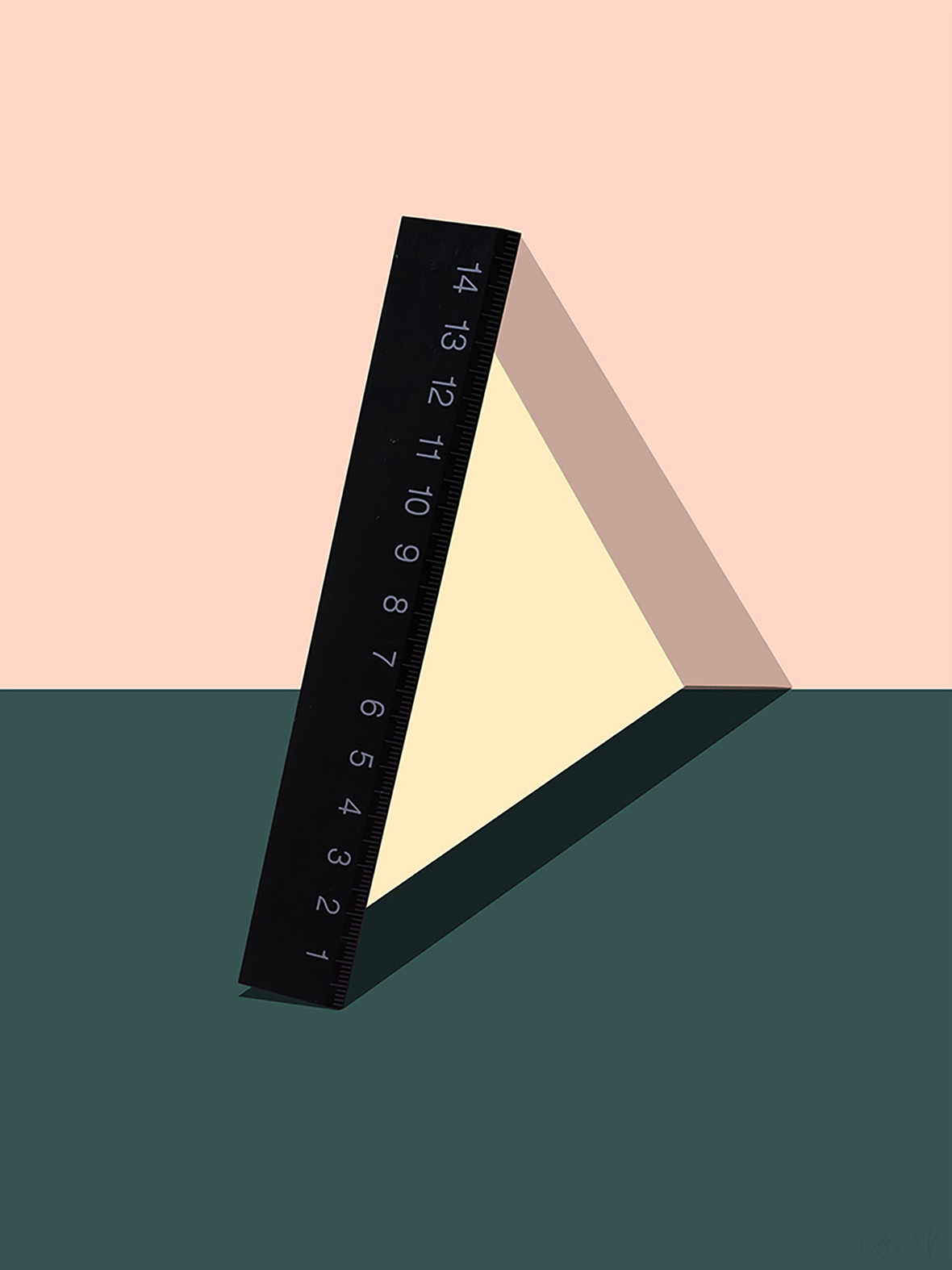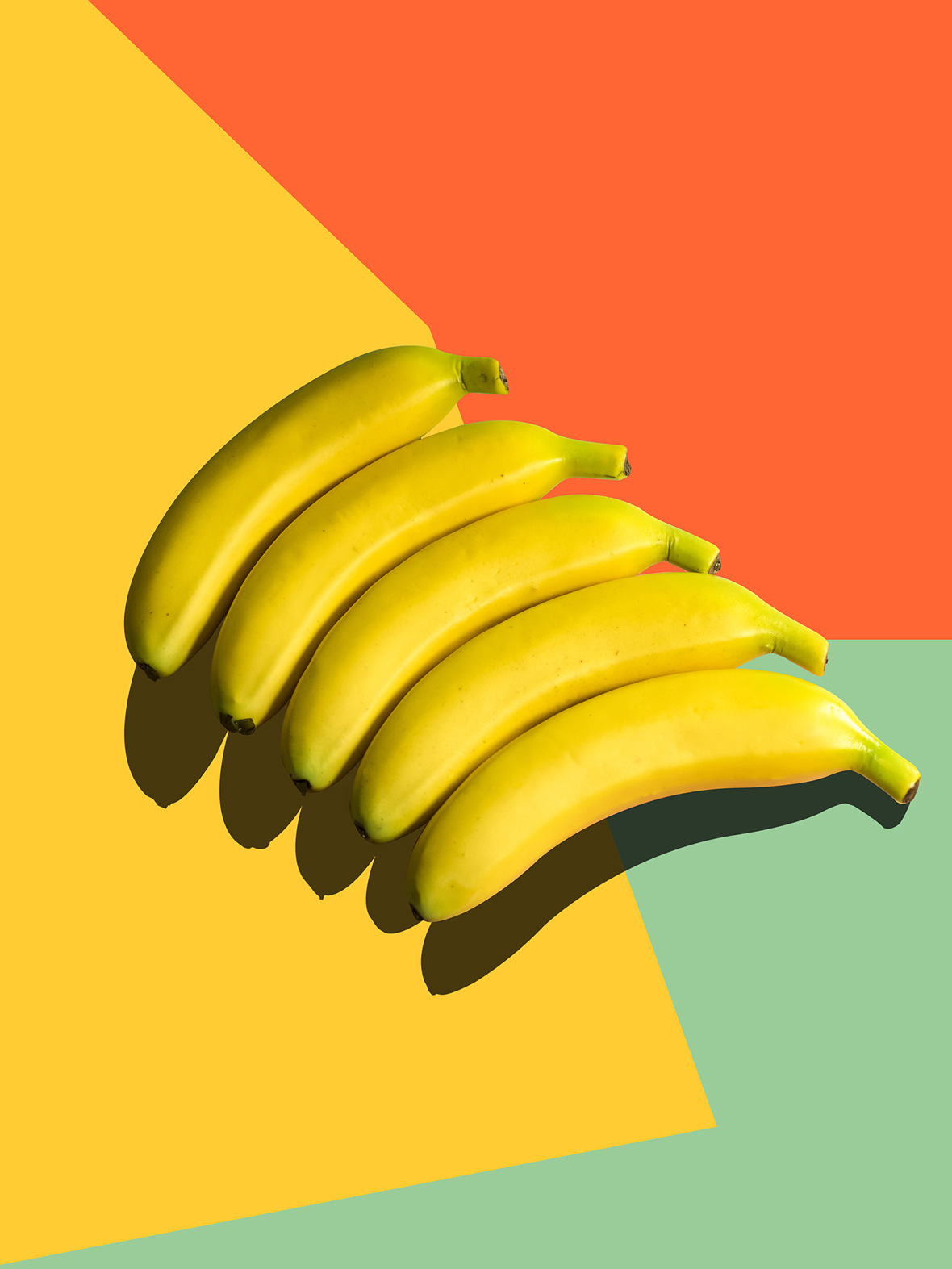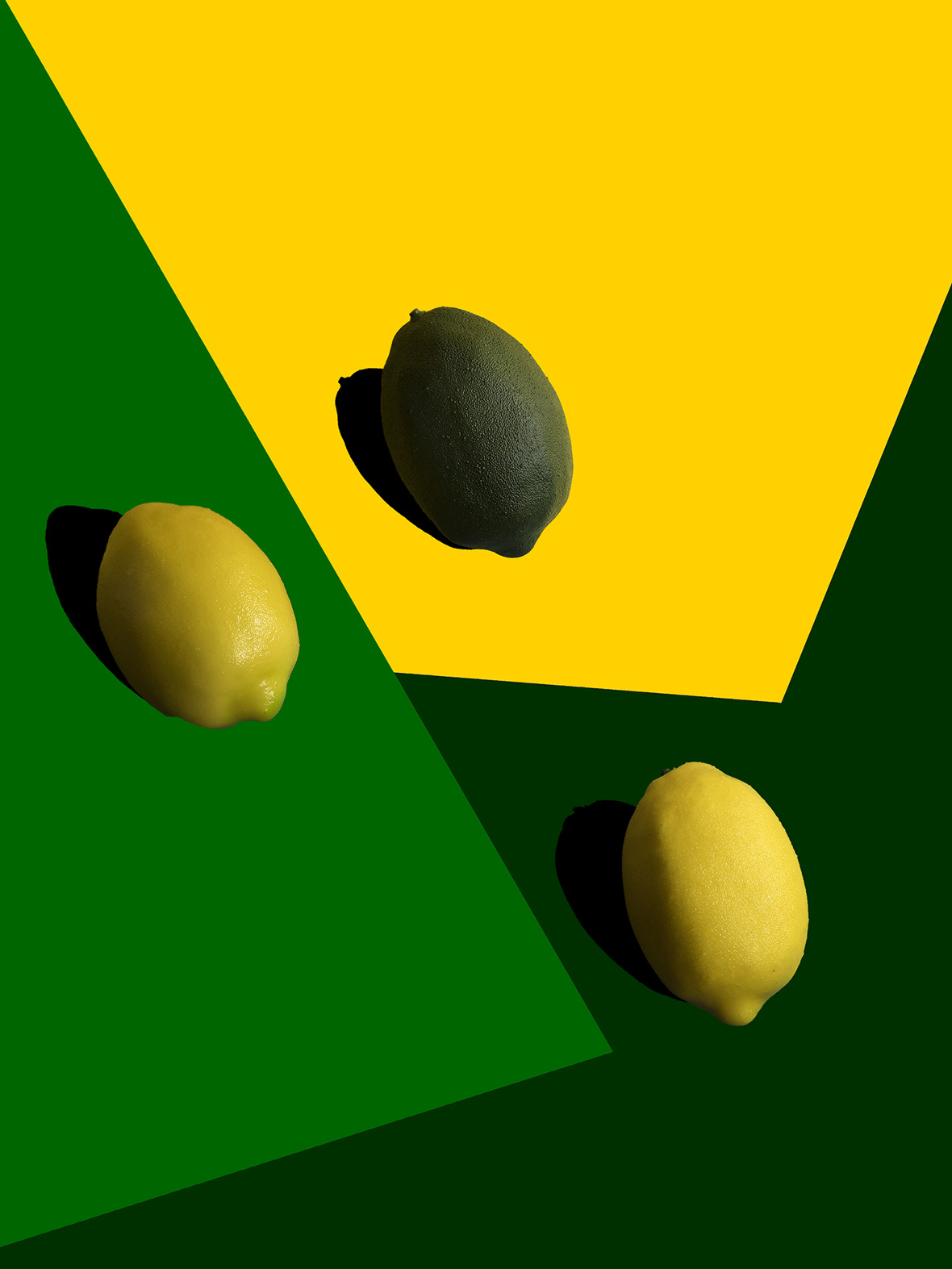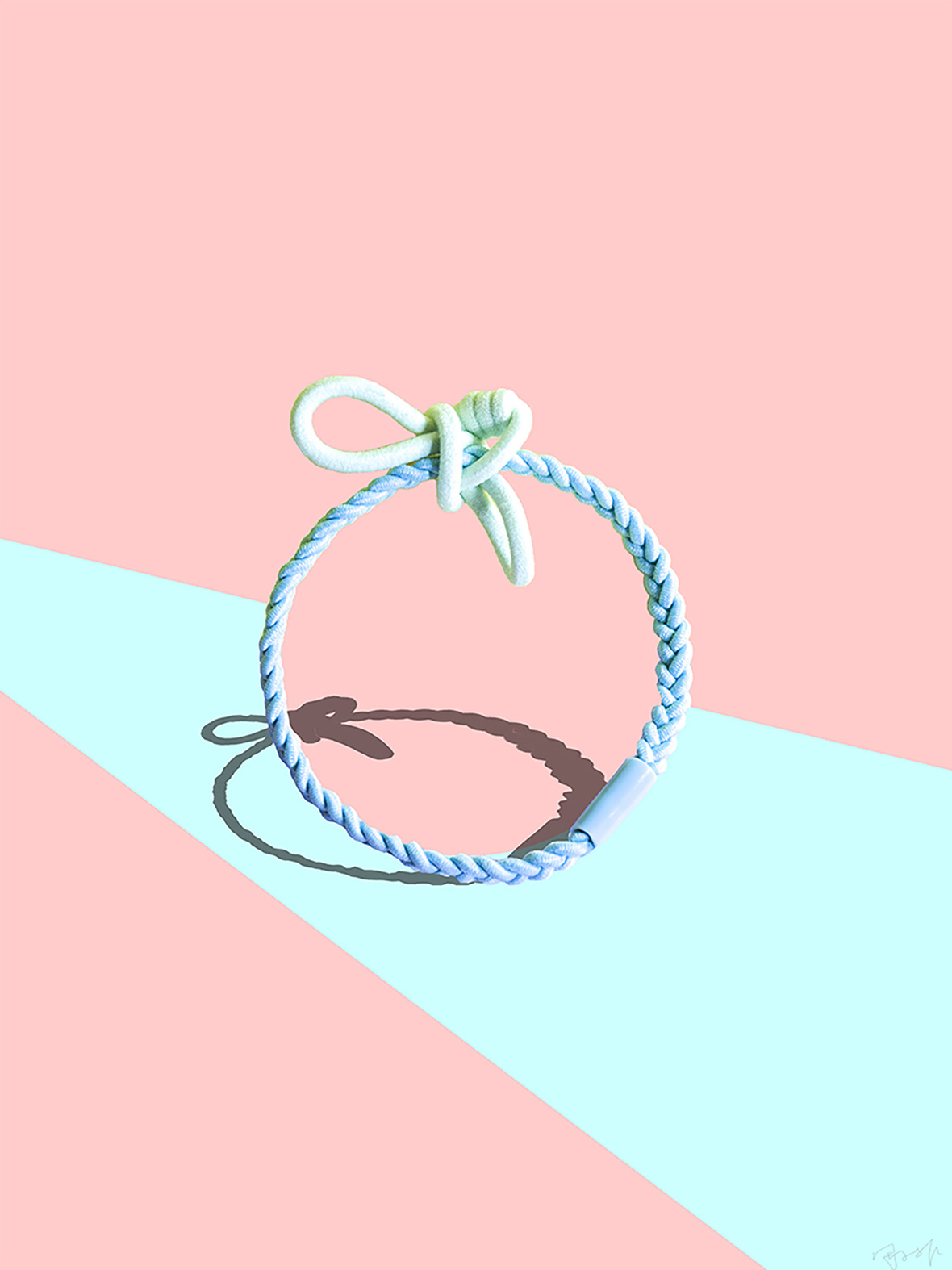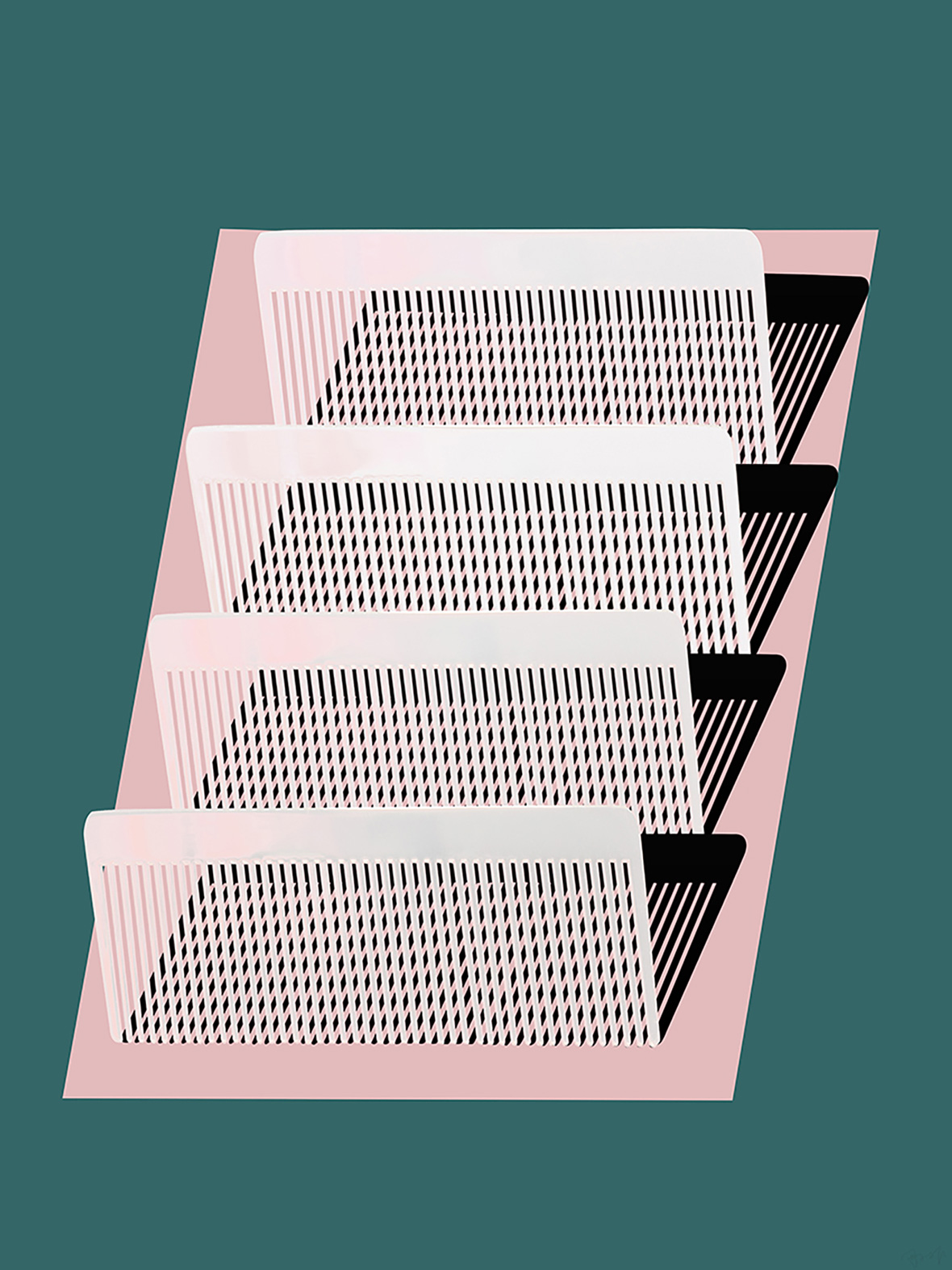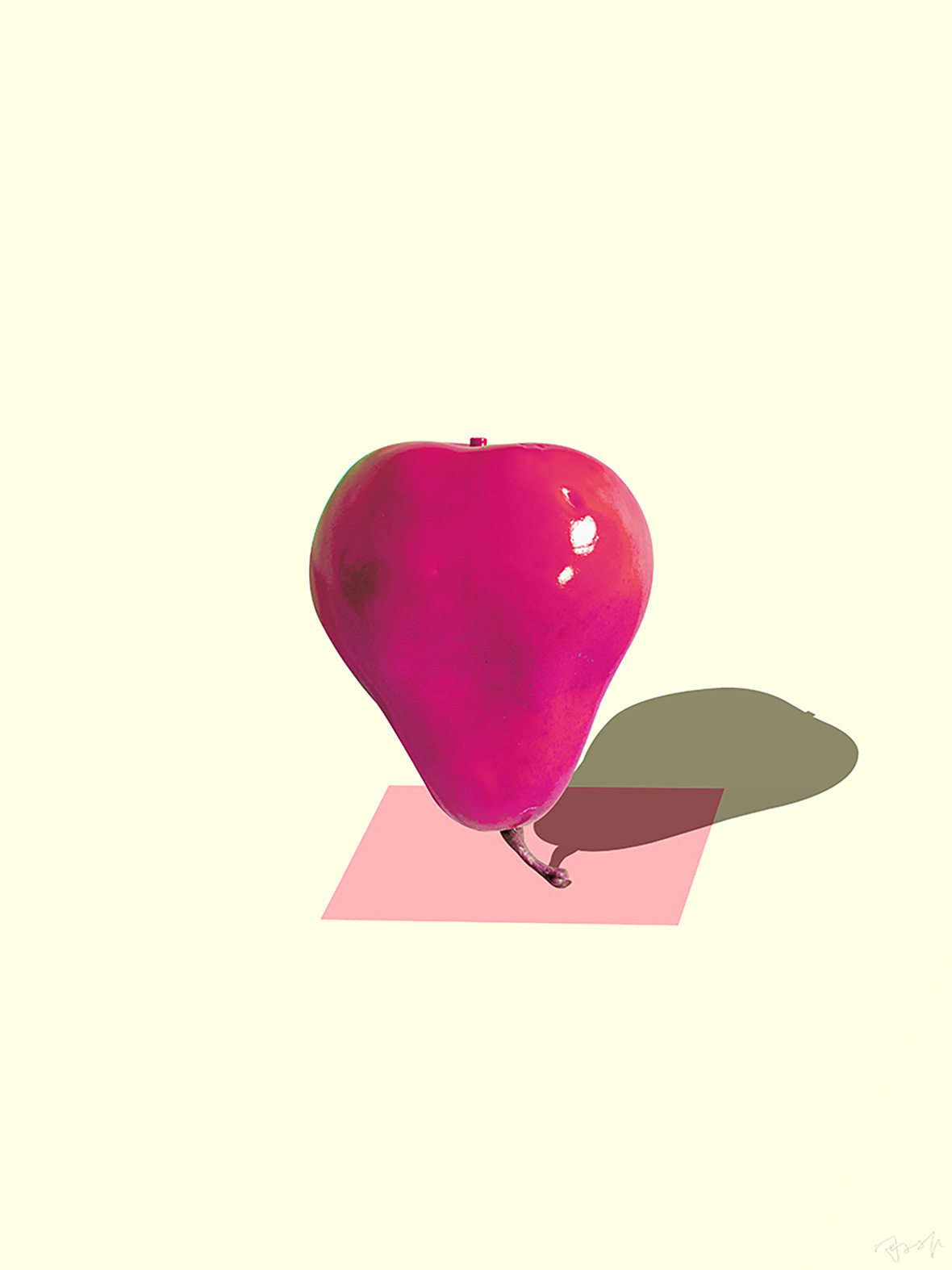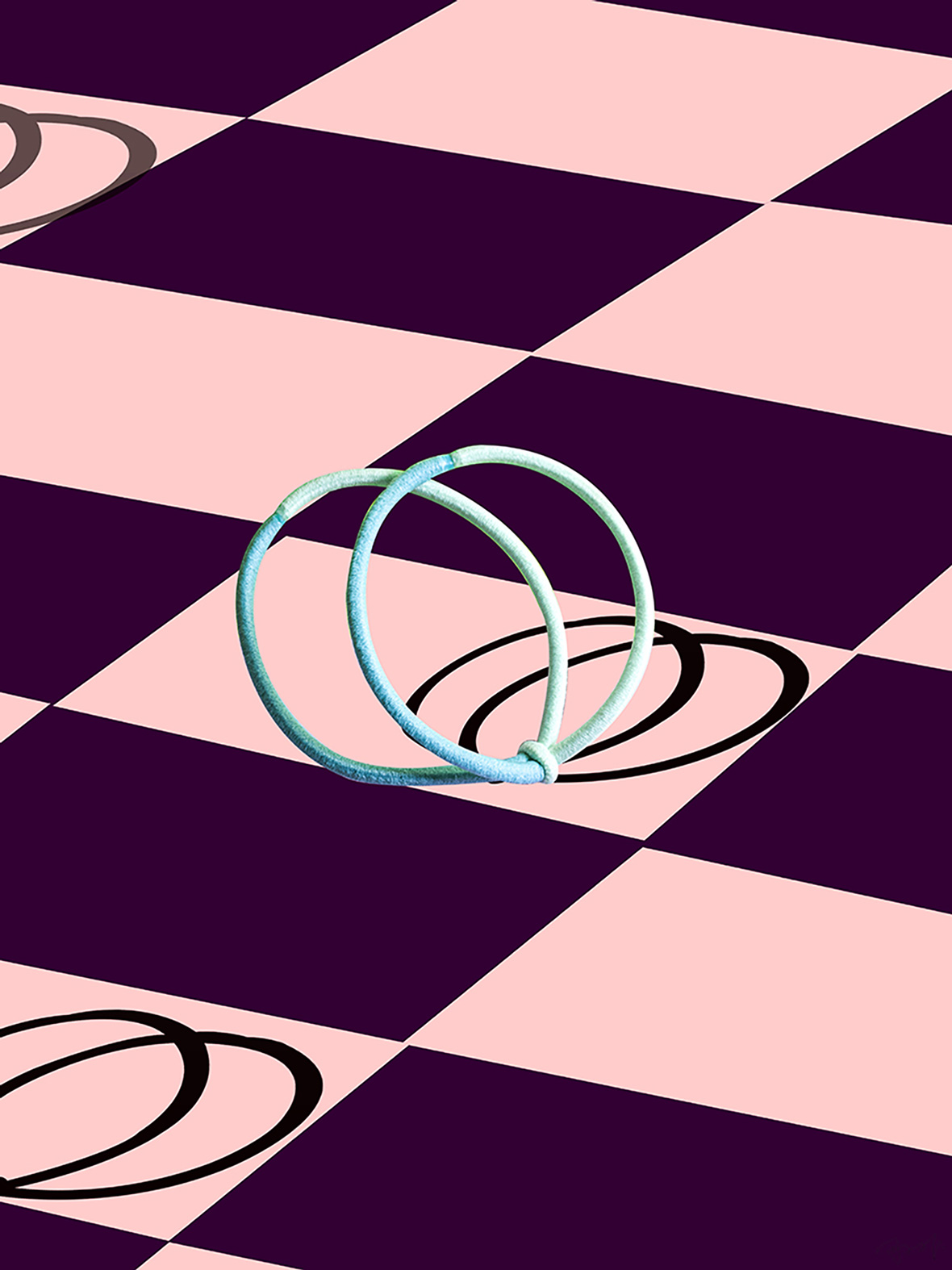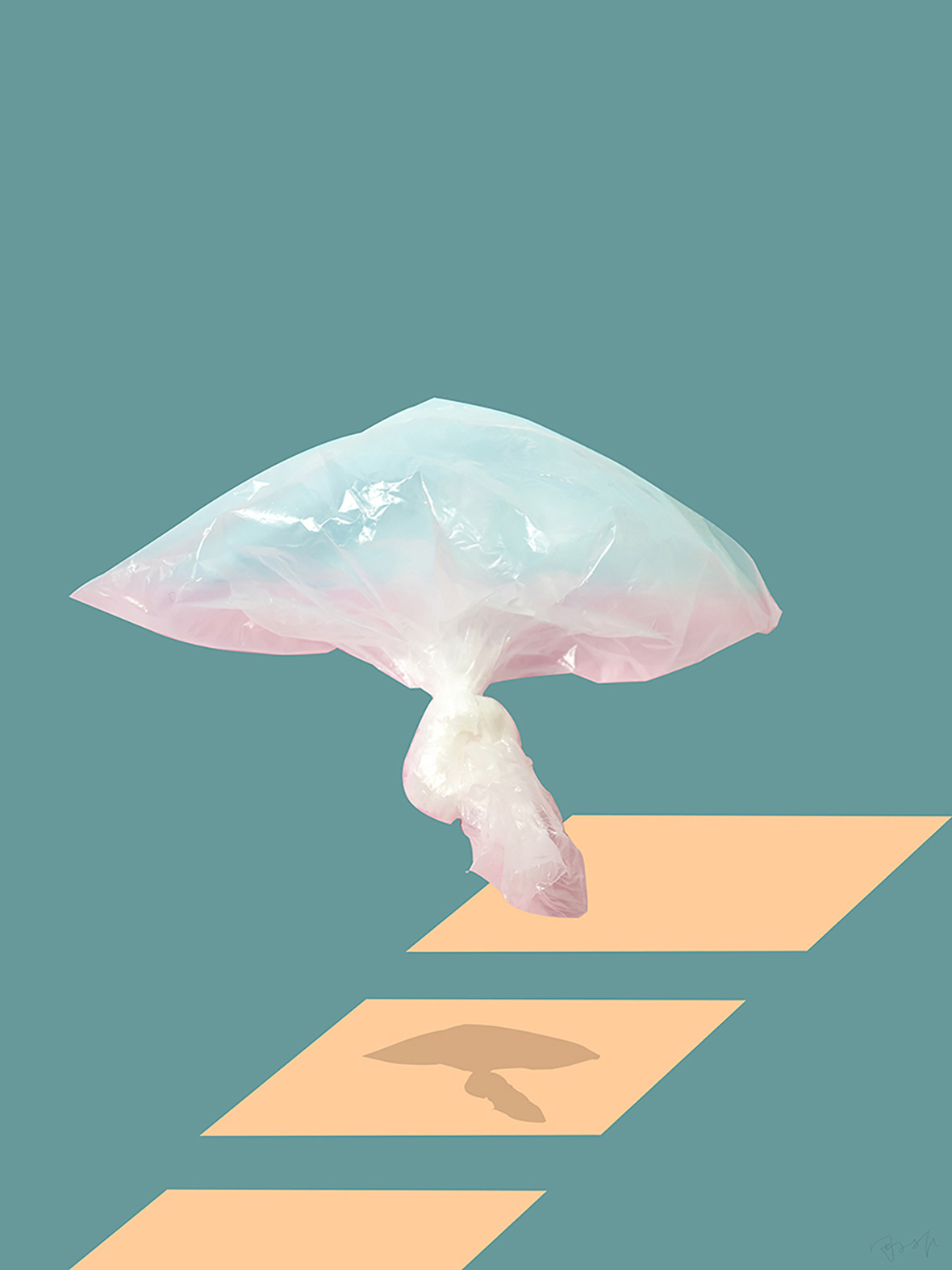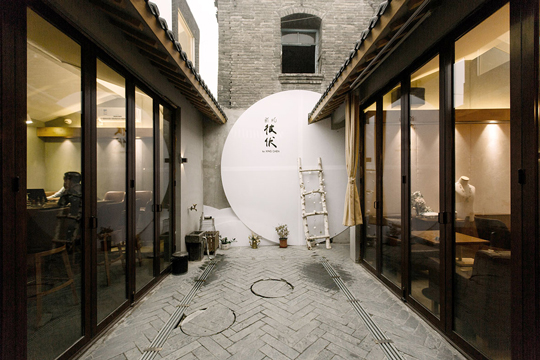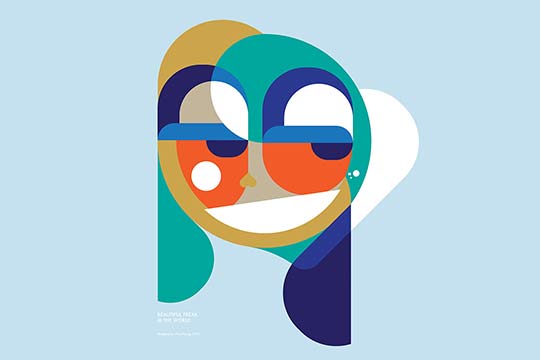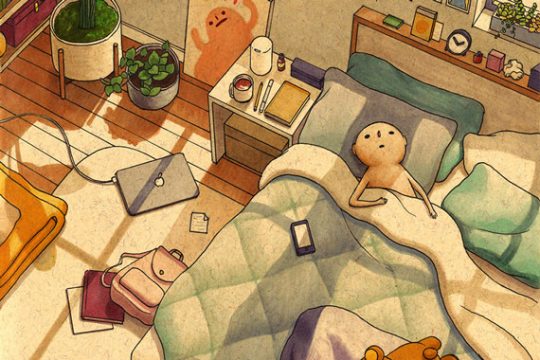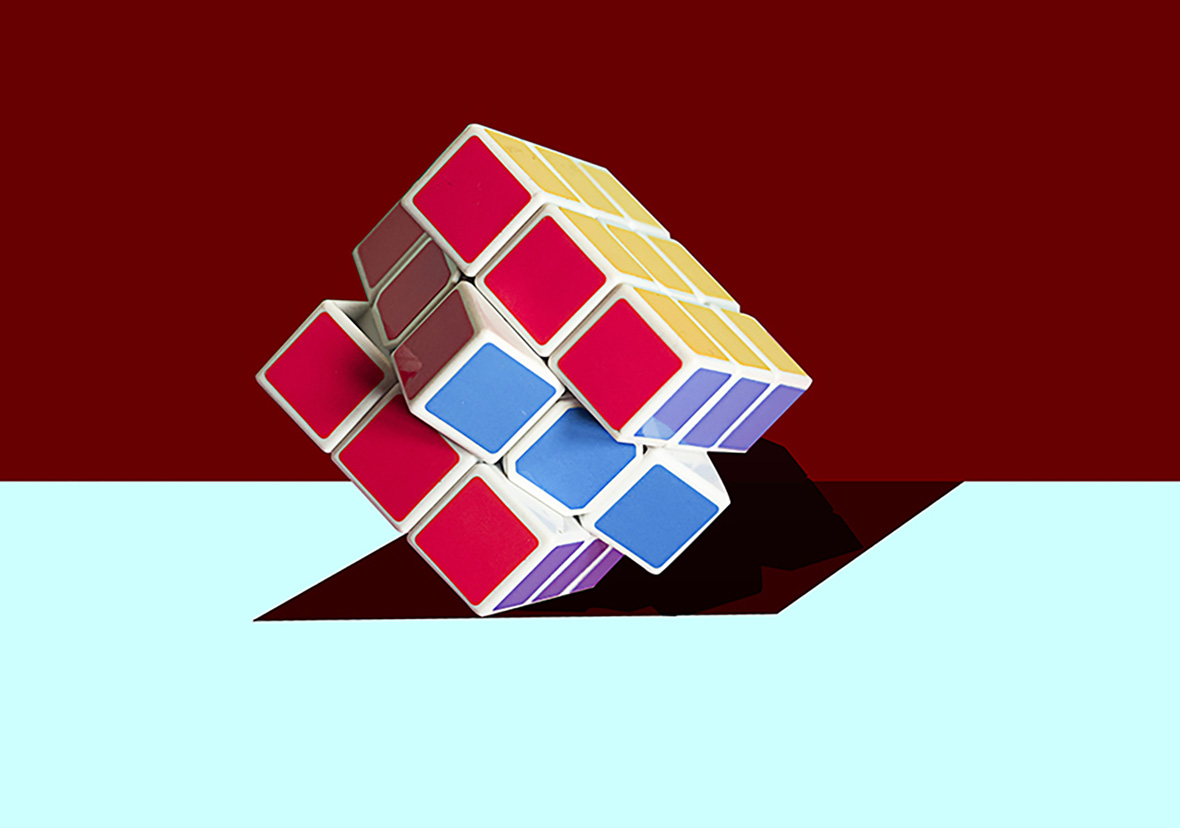
Chengdu in the rain has a lazy charm, perfect for gazing dreamily out the window or dozing off on the couch. If you’re Su Kui, it’s also the perfect weather for exploring the humble, everyday items in your room—the paper clips, rolls of tape, or sponges you usually wouldn’t give a second thought.
With these objects, Su creates images that are absurd and quirky, with a touch of tension. Blurring the line between photography and drawing, her work uses both media and adds an extra dreamlike flair. As in any good dream, it’s hard to tell fantasy from reality when looking at her work, especially the surreal photos that make up her Daydreams series.
刚刚被雨洗过的成都,连街道看起来都是格外婉约的。这样的天气实在太舒服,除了恣意的坐在窗边发呆,或窝在床上发懒睡觉,你也可以像苏葵一样,在这样怡人的天气里,去重新观察身边原本习以为常的小细节。那些静置在桌上的回纹针、胶带、海绵,通过她的奇妙幻想,都能被编写出全新的故事。
通过对这些日常物品的重新演绎,苏葵的作品总是有趣、荒诞、充满张力。影像和绘画的边界被刻意模糊,两种形式巧妙的结合在一起,多了几分梦幻的味道。这种感觉过于奇妙,无法明确的区分是在空想还是在做梦。当超现实主义的思维倾泻而下,便有了这组作品《白日梦》。
Daydreams is a photo series focused on the often overlooked objects in our lives.
“Most of them were in my room, hiding in plain sight for a long time. I was so used to ignoring them. One day while tidying up, I suddenly noticed all these things that I’d purchased a long time ago and forgotten about. I decided it was about time I did something for them—so I started snapping their portraits,” she explains.
《白日梦》主要关注的是那些生活中被忽视的小物件。
“它们大多在我的屋子里默默躺了很久,被我习惯性的无视掉了。某天我在整理杂物时突然看到这些以前我买下的物品,觉得时机到了,是时候我应该为它们做点什么。于是我为它们拍了肖像照。” 苏葵这样讲道。
Su frees these mundane items from their normal settings and contexts, devising striking compositions to explore their visual language and expressive capabilities.
In her work, you’ll recognize familiar household items like combs, rubber bands, or plastic bags—all of which become vehicles for her individual vision. Seemingly trivial, when reimagined by Su these ordinary objects become works of art that pose a challenge to your optical nerves. Though some critics write her work off as unserious, Su sees no need to pay too much attention to the art media. In her view, self-expression is what matters, since that’s what the language of art is for.
她试图将司空见惯的事物从日常生活的特定环境与惯性中解放出来,通过对其进行创意重构,去探索物品的表现能力与新的摄影语言。
仔细观察她的作品,你会发现梳子、皮筋甚至塑料袋,都可能成为她展现个人思想的载体。那些不起眼的小物件,在她的画框里转变成一个个大胆挑战你视觉神经的艺术品。虽然也曾被人提出质疑,称她的作品为不伦不类,但她认为有的时候不必对媒介过于执着。在她的眼里,自我表达更为重要,这也是艺术语言的本质。
What sets Su apart from many of her contemporaries is her passion for still life compositions, as opposed to portraits or street shots. This passion comes from her curiosity about motionless objects. “Life is essentially boring,” she shrugs. “I want to take what’s ordinary and unearth its extraordinary side.” That’s precisely what she does: she puts her most intriguing side forward in her works.
苏葵和众多摄影师不同的是,比起人像摄影或街拍,她更热爱静物拍摄。这源自于她内心对于一些静止事物的探索欲望。“生活的本质从来都不是有趣的,我希望从中发掘出平常中不平常的一面。” 而她也的确做到了,她把她自己最有趣的那一面,都呈现在作品里。
Su believes pushing ahead to produce new photos is more important than dwelling on her past work. This belief is what drives her to create. “If I linger too long on my previous photos, I might miss an opportunity to grow,” she says.
Much of her work is an attempt to be different, even if that means abandoning a concept once she discovers it’s already been done. Laughing, she concedes that this is stubbornness on her part, but you might also call it a devotion to originality. Besides, if she weren’t so stubborn, she wouldn’t produce such refreshingly inventive work.
在她看来,持续拍摄的创新能力比过去曾经拍了什么更重要。这大概也是推向她一直勇往直前的动力所在。 “抱着过往的作品不放手,会因此失去下一次成长的机会。”
很多时候,苏葵都在力求一种 “与众不同”。如果她想出一个拍摄计划但发现已经有人做过了,她就会选择放弃。这是一种固执,但在我看来,这更像是一种对于原创概念的执着。也正是因为拥有这样的执着,她才能持续创造出更多让人眼睛一亮的作品。

